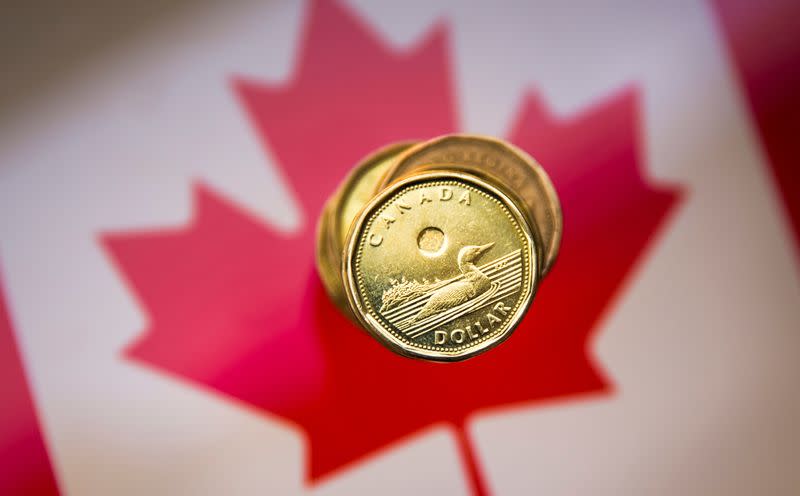C$ falls the most in 3 months, weighed by soft factory data

By Fergal Smith
TORONTO (Reuters) - The Canadian dollar posted its biggest decline in nearly three months against the U.S. dollar on Tuesday as oil prices fell and domestic data showed a deepening downturn in the manufacturing sector.
The loonie was trading 0.7% lower at 1.3325 to the greenback, or 75.05 U.S. cents, its biggest decline since Oct. 12. The currency touched its weakest intraday level since Dec. 21 at 1.3333.
The U.S. dollar rallied against a basket of major currencies, boosted by a jump in U.S. bond yields.
"The loonie fell back along with other major currencies versus the greenback as traders started the year in a reflective mood," said Amo Sahota, director at Klarity FX in San Francisco.
Lower oil prices and gloomy manufacturing data weighed on the Canadian currency, Sahota added.
The loonie had been on a tear since November, along with gains for other risk-sensitive assets such as stocks, as investors bet the Federal Reserve would soon pivot to cutting interest rates. It ended 2023 with a gain of 2.3%.
Canada's factory sector contracted in December at its steepest pace since the early months of the COVID-19 pandemic. The S&P Global Canada Manufacturing Purchasing Managers' Index (PMI) dropped to a seasonally adjusted 45.4 from 47.7 in November, its lowest level since May 2020.
The price of oil, one of Canada's major exports, fell on interest rate jitters and as concerns eased that tensions in the Red Sea could disrupt supplies. U.S. crude oil futures settled 1.8% lower at $70.38 a barrel.
Canadian government bond yields rose across the curve, tracking moves in U.S. Treasuries. The 10-year was up 8.4 basis points at 3.191%.
(Reporting by Fergal Smith; Editing by Richard Chang)

 Yahoo Finance
Yahoo Finance 